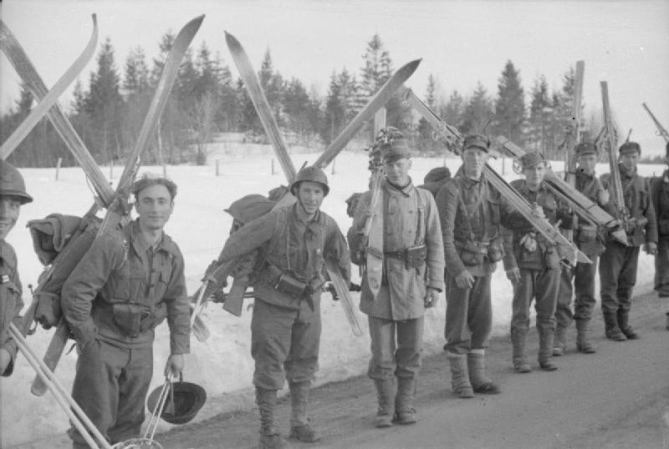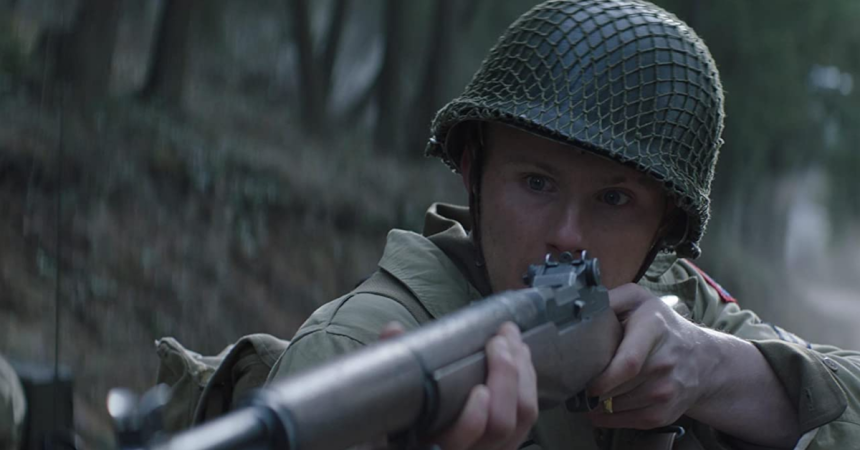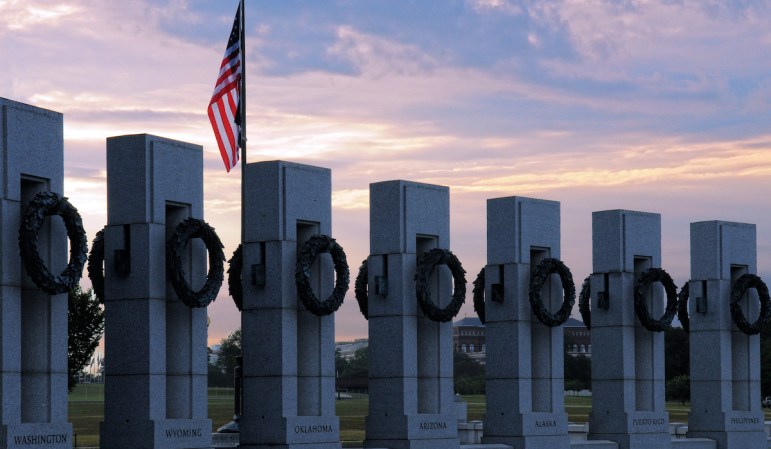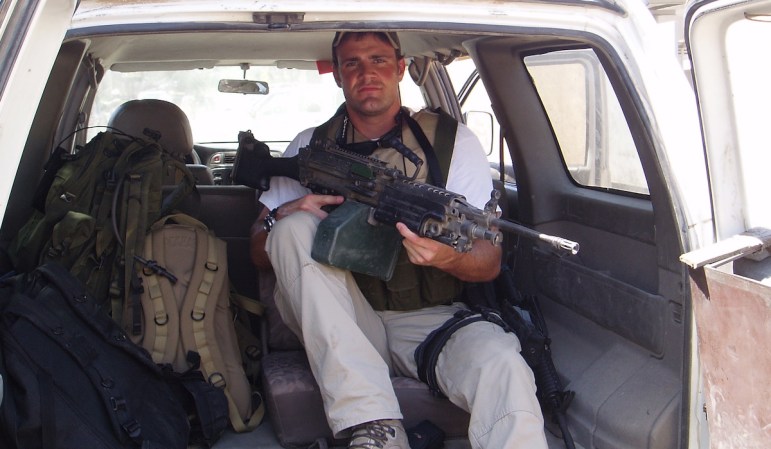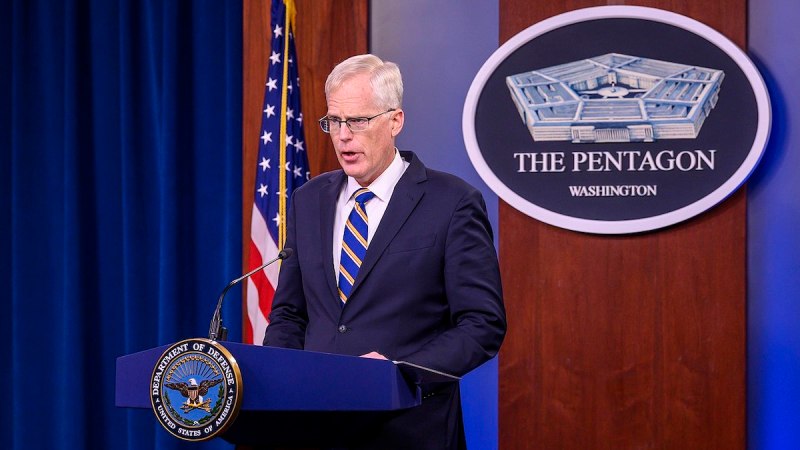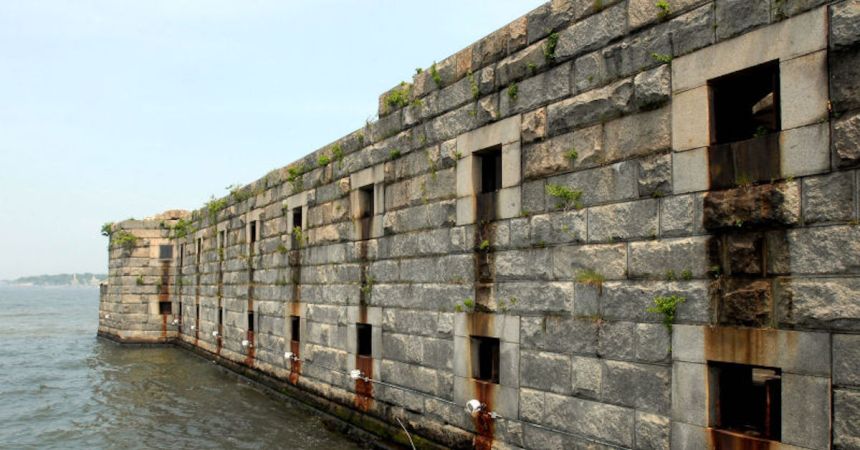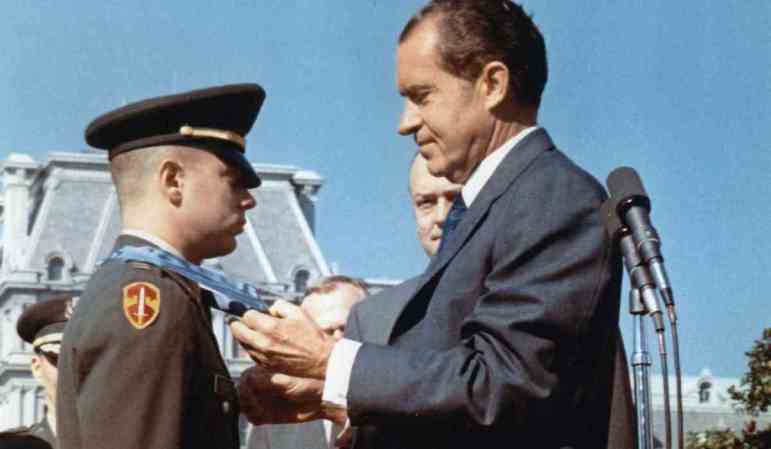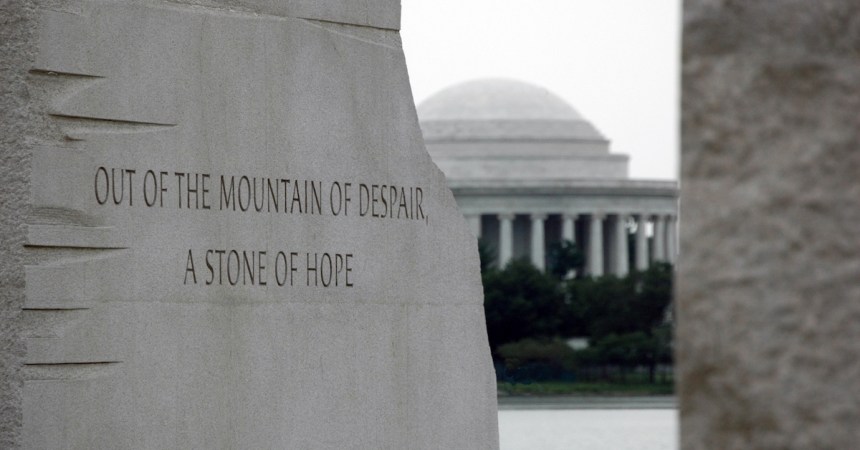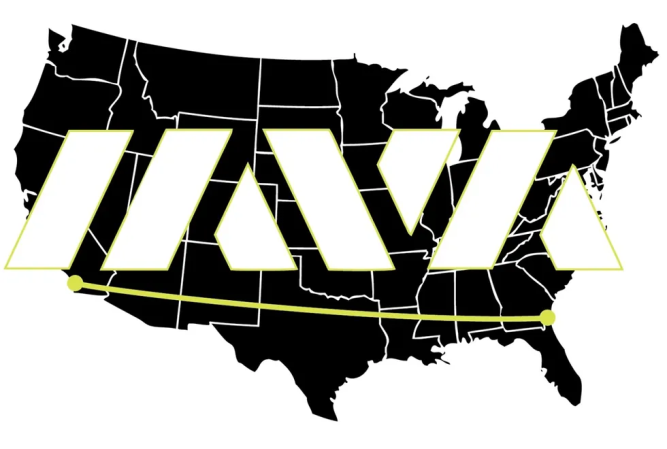Just before midnight on Feb. 27, 1943, a team of 10 Norwegian commandos crouched in the snow on a mountain plateau and stared at a seemingly unassailable target. It was a power plant and factory being used by the Nazis to create heavy water, a key component for Germany’s plans of developing nuclear reactors and a nuclear bomb.

The Norsk Hydro plant was surrounded by a ravine 656 feet deep with only one heavily-guarded bridge crossing it. Just past the ravine were two fences and the whole area was expected to be mined. On the factory grounds, German soldiers lived in barracks and walked patrols at all hours.
As a bonus, the whole area was covered by a thick layer of snow and the men were facing two causes of exhaustion. Six of the men were worn out from five days of marching through snow storms after they were dropped 18 miles from their planned drop zone. The other four men were survivors of an earlier, failed mission against the plant. They had survived for months in the mountains on only lichen and a single reindeer.
Still, to keep the Germans from developing the atom bomb, they attacked the plant on Feb. 28. The radio operator stayed on the plateau while the other nine climbed down the ravine, crossed an icy river, and climbed the far side soaking wet.
Once at the fence, a covering party of four men kept watch as the five members of the demolition party breached the first and then second fence lines with bolt cutters. The men — wearing British Army uniforms and carrying Tommy guns and chloroform-soaked rags — arrived at the target building.
Unfortunately, a door that was supposed to be left open by an inside man was closed. The team would later learn that the man had been too sick to go to work that day. Plan B was finding a narrow cable shaft and shimmying through it with bags of explosives. The covering party provided security while the demolition team split into two pairs, each searching for the entrance.
Lt. Joachim Ronneberg and Sgt. Frederik Kayser were the first to find the shaft. When they couldn’t immediately find the other pair in the darkness, they proceeded down the shaft alone and pushed their explosives ahead of them.

A historical display showing the Norwegian saboteurs planting explosives on the water cylinders. The mannequin in the back represents the night watchman. (Photo: Wikipedia/Hallvard Straume)
They dropped into the basement of the factory and rushed the night watchman. Kayser covered the man with his gun and Ronneberg placed the explosives on the cylinders that held the heavy water produced in the plant.
Suddenly, a window shattered inward. Kayser swung his weapon to cover the opening but was pleased to find it was only the other demolition pair, Lt. Kasper Idland and Sgt. Birger Stromsheim. They had been unable to find the shaft and were unaware that the others were inside. To ensure the mission succeeded, they had risked the noise of the breaking window to get at the cylinders.
Idland pulled watch outside while Ronneberg and Stromsheim rushed to finish placing the explosives. Worried that German guards may have heard the noise, they cut the two-minute fuses down to thirty seconds.
Just before they lit the fuses, the saboteurs were interrupted by the night watchman. He asked for his glasses, saying that they would be very challenging to replace due to wartime rationing. The commandos searched the desk, found the spectacles, and handed them to the man. As Ronneberg again went to light the fuses, footsteps approached from the hall.
Luckily, it wasn’t a guard. Another Norwegian civilian walked in but then nearly fell out of the room when he saw the commandos in their British Army fatigues.
Kayser covered the two civilians with his weapon and Ronneberg finally lit the 30-second fuses. Kayser released the men after 10 seconds and the commandos rushed out behind them. Soon after they cleared the cellar door, the explosives detonated.
Jens Poulsson, a saboteur on the mission, later said, “It sounded like two or three cars crashing in Piccadilly Circus,” according to a PBS article.

The cylinders were successfully destroyed, emptying months worth of heavy water production onto the floors and down drains where it would be irrecoverable.
The teams tried to escape the factory but a German guard approached them while investigating the noise. He was moving slowly in the direction of a Norwegian’s hiding spot, his flashlight missing one of the escaping men by only a few inches. Luckily, a heavy wind covered the noise of the Norwegian’s breathing and dispersed the clouds of his breath. The guard turned back to his hut without catching sight of anyone.
The team left the plant and began a treacherous, 250-mile escape on skis into Sweden, slipping through Nazi search parties the entire way.
Germany did repair the facility within a few months and resumed heavy water production. After increased attacks from Allied bombers, the Germans attempted to move this new heavy water back to Germany but a team of Norwegian saboteurs successfully sunk the ferry it was transported in. One man, Knut Haukelid, participated in both the factory and the ferry sabotage missions.
The SF Hydro, a ferry that was destroyed by saboteurs when the Nazis attempted to move heavy water with it. Photo: Wikimedia Commons
Germany’s shortage of good nuclear material during the war slowed its research efforts to a crawl. This shortage and the German’s prioritization of nuclear reactors over nuclear bombs resulted in Nazi Germany never developing atomic weapons.



